Bengt Ronnie Peterson (14 February 1944 – 11 September 1978) participated in Formula One between 1970 and 1978. Known by the nickname ‘SuperSwede’, he was a two-time runner-up in the FIA Formula One World Drivers’ Championship. Peterson drove for March, Tyrrell and Lotus.
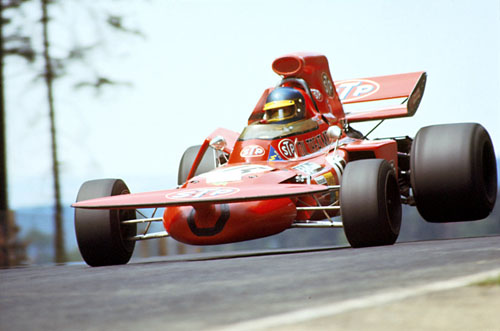
1971 – Ronnie Peterson – STP March Racing Team – March 711
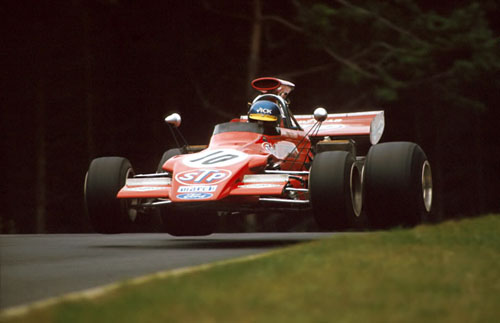
1972 – Ronnie Peterson – STP March Racing Team – March 721G Ford
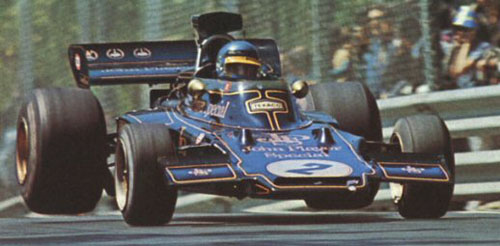
1973 – Ronnie Peterson – John Player Team Lotus – Lotus72
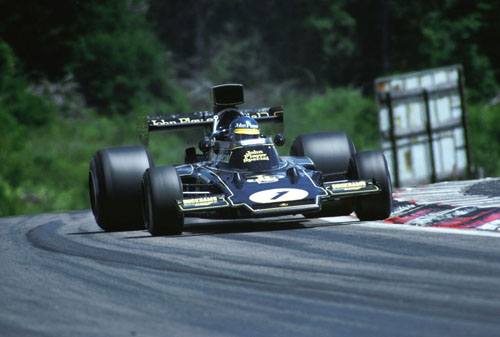
1974 – Ronnie Peterson – John Player Team Lotus – Lotus72E
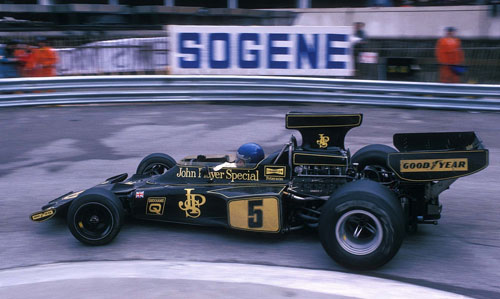
1975 – Ronnie Peterson – John Player Team Lotus – Lotus 72E
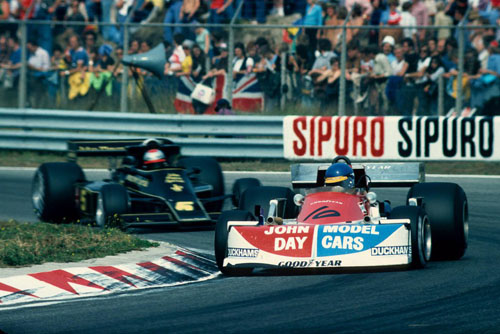
1976 – Ronnie Peterson – March Engineering – March 761
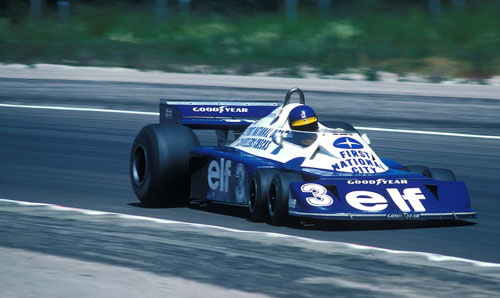
1977 – Ronnie Peterson – Elf Team Tyrrell – Tyrrell P34
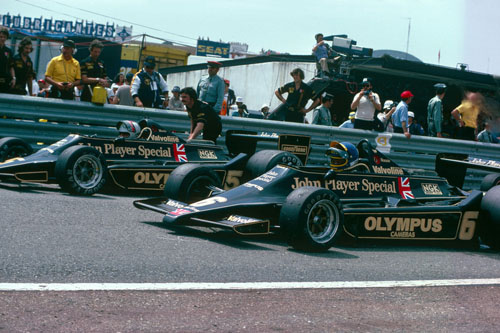
1978 – Ronnie Peterson – John Player Team Lotus- Lotus 79
A quiet man off the track, Ronnie Peterson favoured letting his driving do the talking. Regarded by many as the outright quickest driver of the 1970s, the blond-haired racer exhibited the kind of spectacular sideways driving style that made him a fan favourite. Sadly, though, Peterson was never able to win the world championship that his deft car control merited. He entered the F1 arena with March in 1970, but it was when he joined Team Lotus in 1973 that his star really began to shine. Behind the wheel of the formidable Lotus 72 he scored four wins that year, and three more the following season. As Lotus’s competitiveness dwindled, Peterson secured a switch back to March in early ’76 and scored a brilliant victory in Italy, but he wouldn’t win again until he rejoined Lotus in 1978 after a disastrous ‘77 season driving Tyrrell’s six-wheeled P34. Despite playing a support role to team mate and eventual champion Mario Andretti, Peterson picked up wins in South Africa and Austria. But tragically, just two races on from his Osterreichring victory, Peterson was involved in a heavy first-lap crash in Italy and died of complications from his injuries. He was just 34.
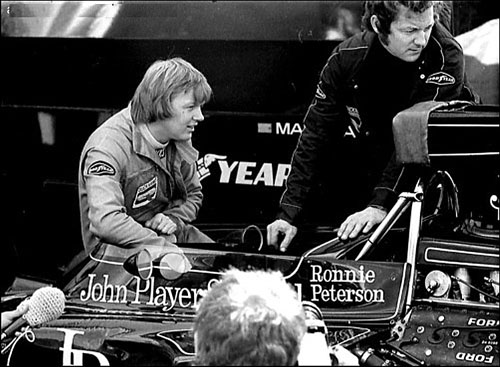
1974 – Ronnie Peterson
More information at www.ronniepeterson.se
All Swedish Formula One drivers:
Jo Bonnier (1956 – 1971)
Ronnie Peterson (1970 – 1978)
Reine Wisell (1970 – 1974)
Bertil Roos (1974)
Torsten Palm (1975)
Gunnar Nilsson (1976 – 1977)
Conny Andersson (1976 – 1977)
Slim Borgudd (1981 – 1982)
Stefan Johansson (1980 – 1991)
Marcus Ericsson (2014 – ….)


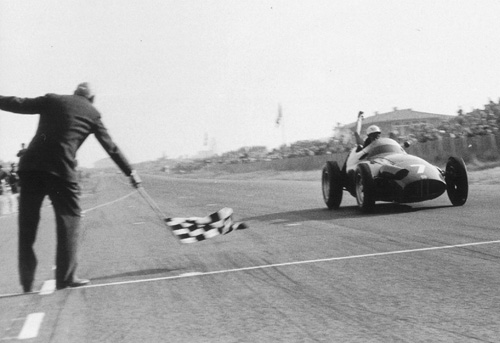
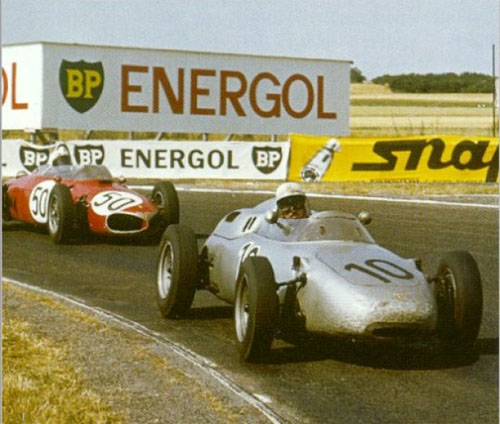
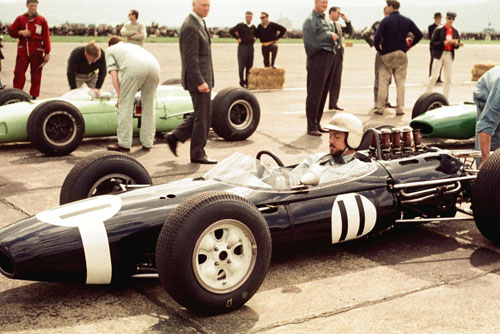
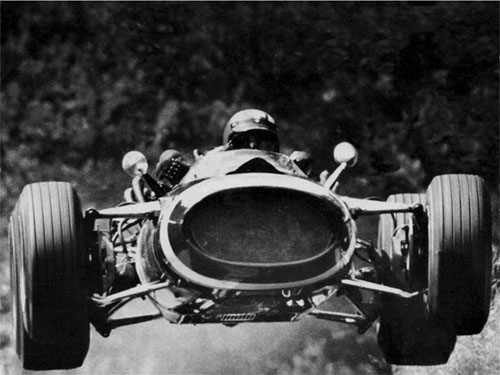
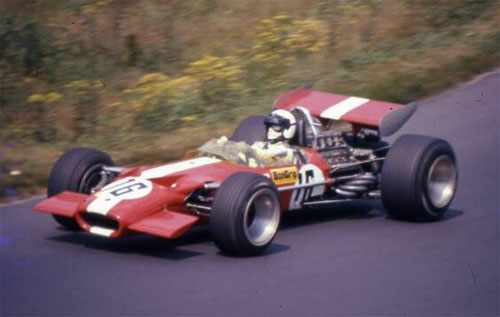
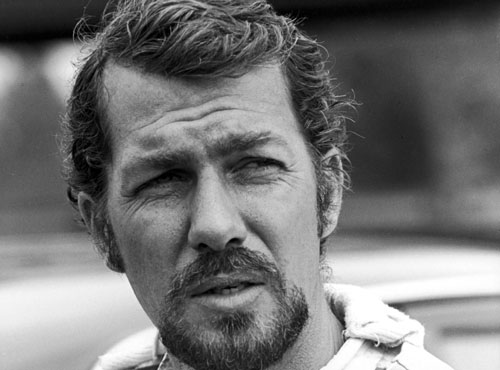
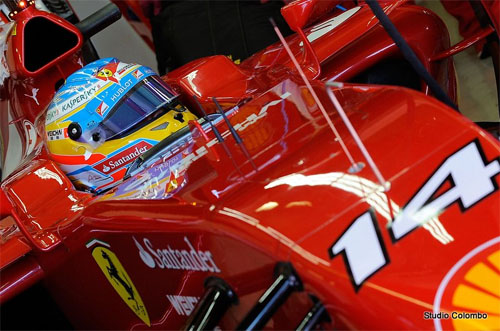
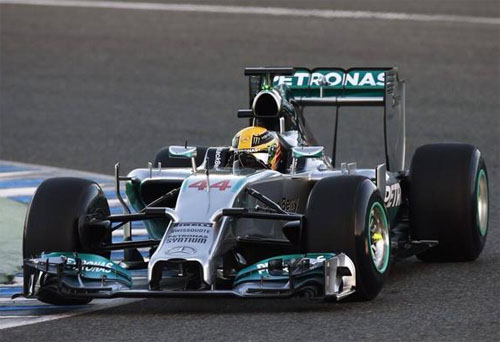
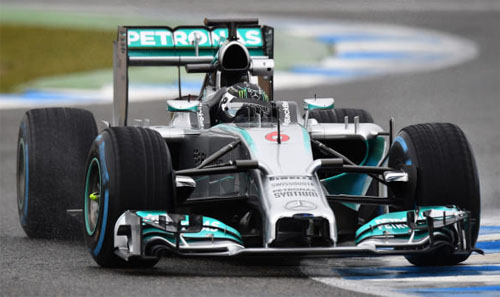
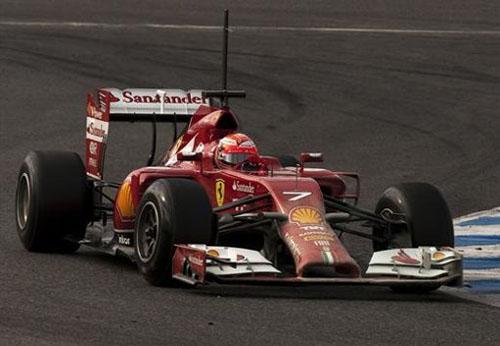
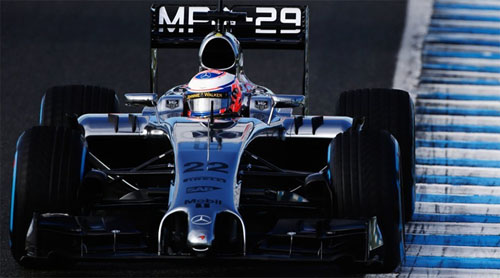
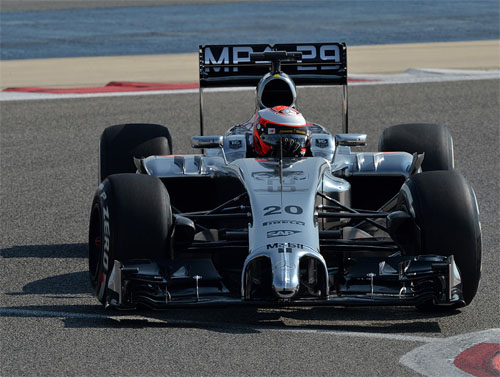
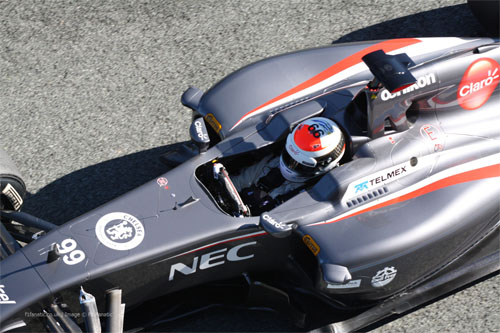
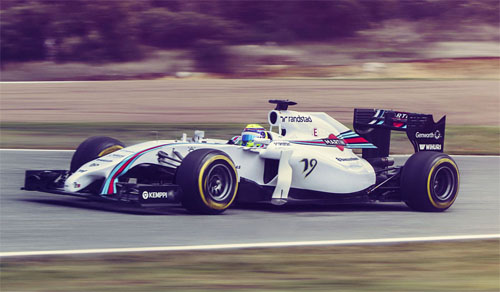
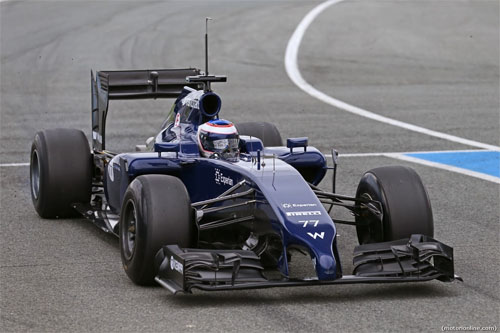
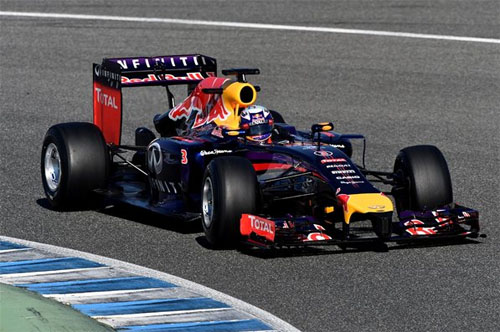

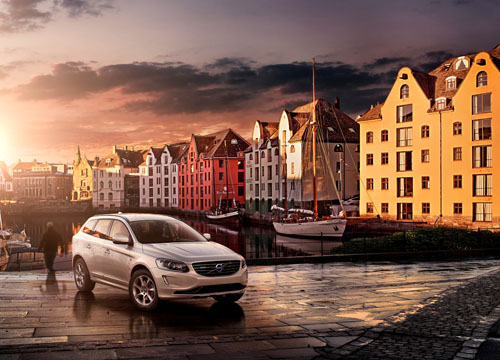
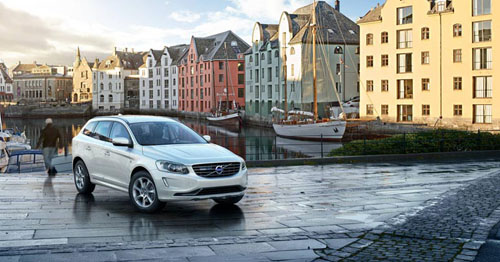
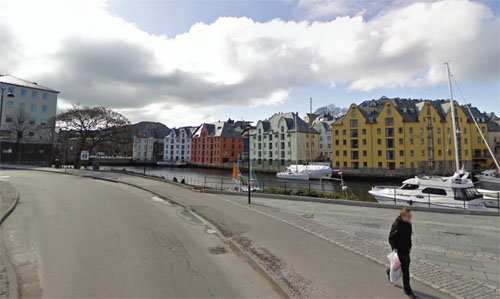
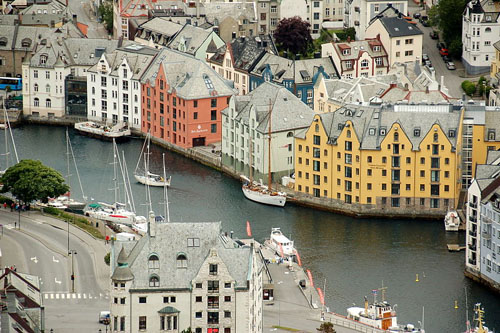
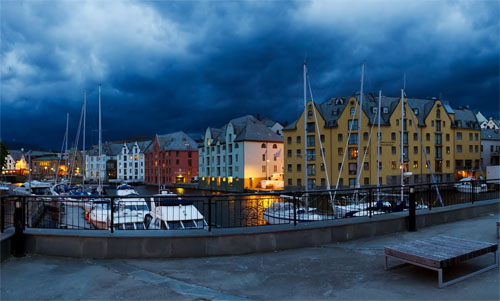
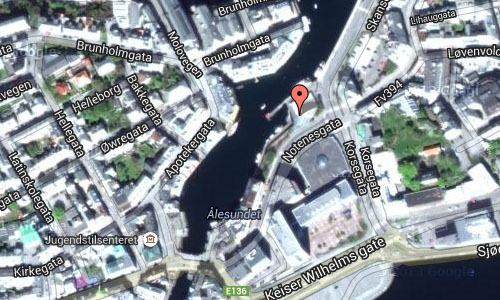
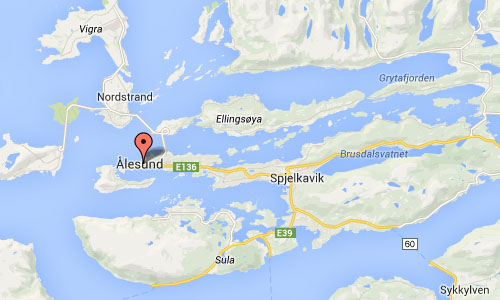
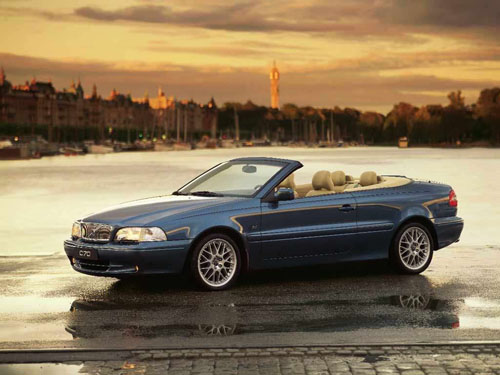
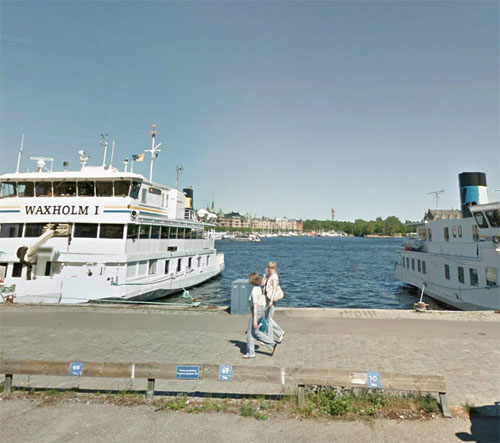
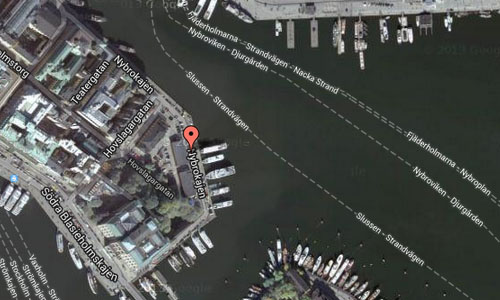
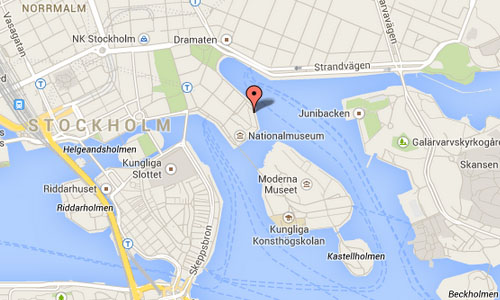
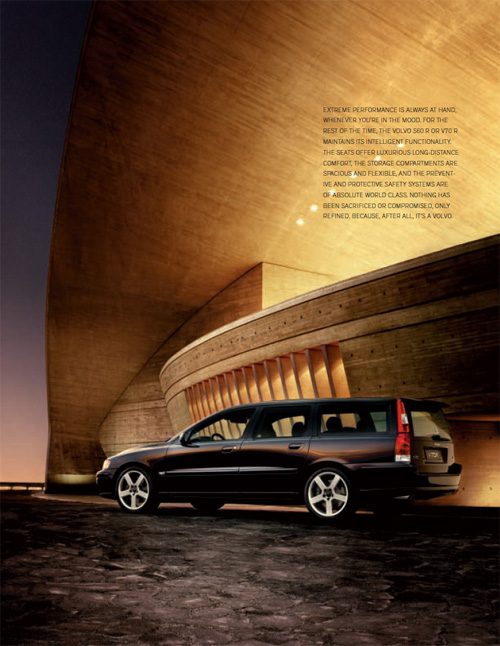
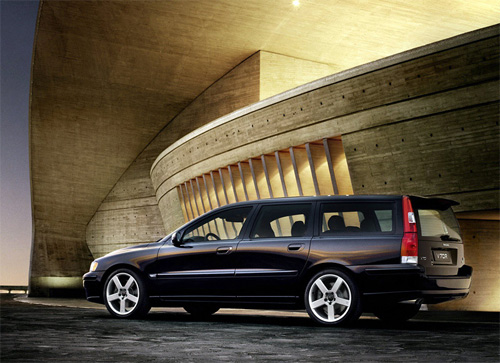
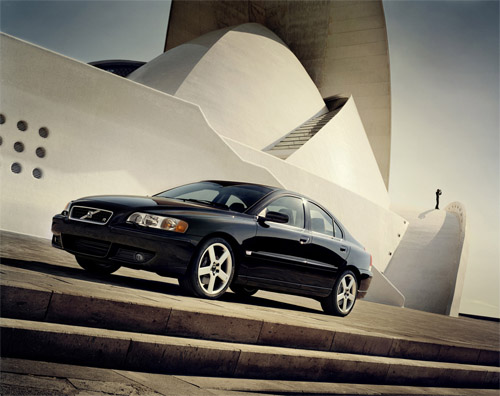
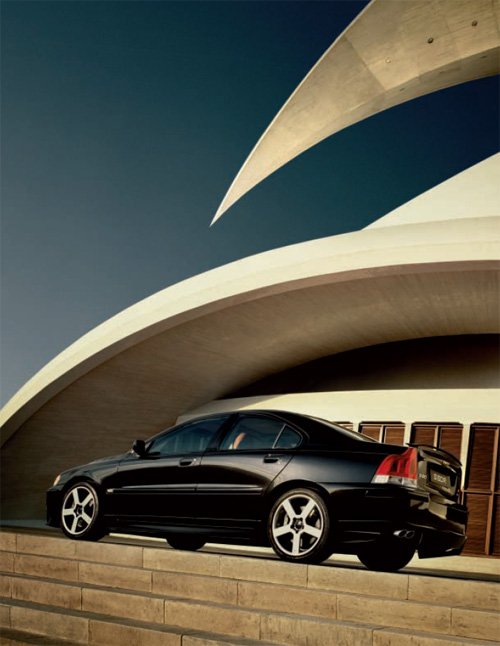
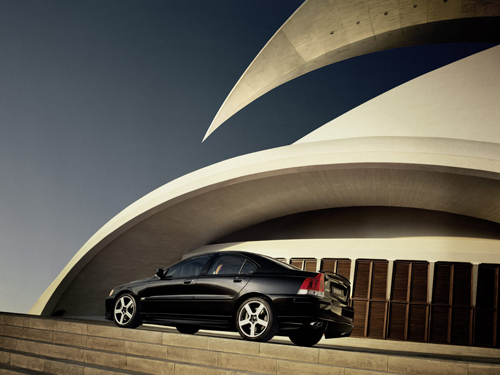
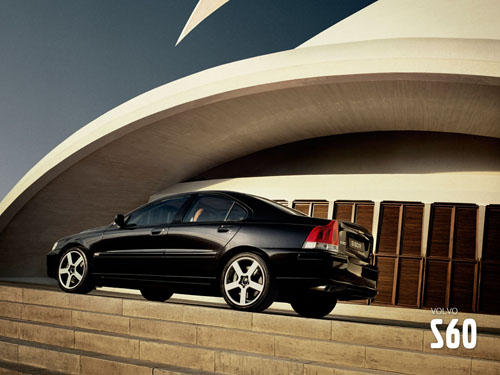
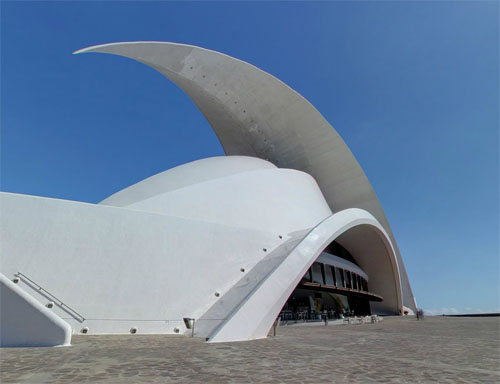
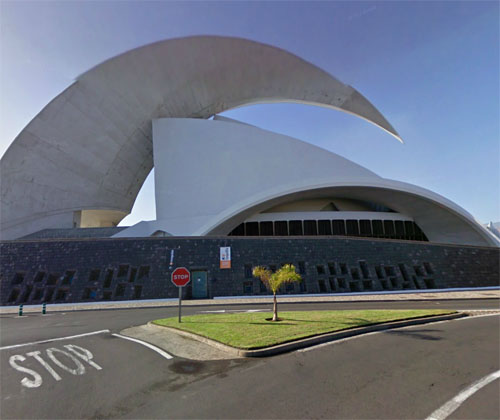
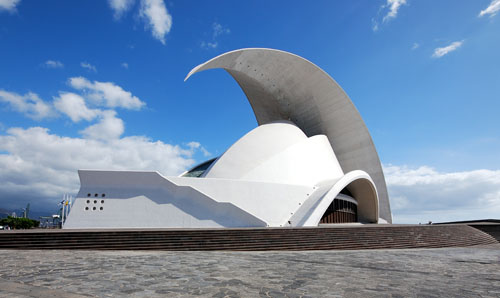
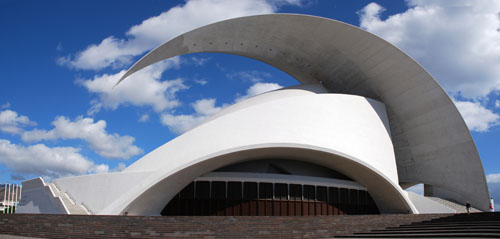
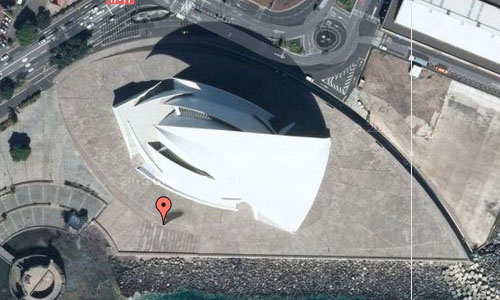
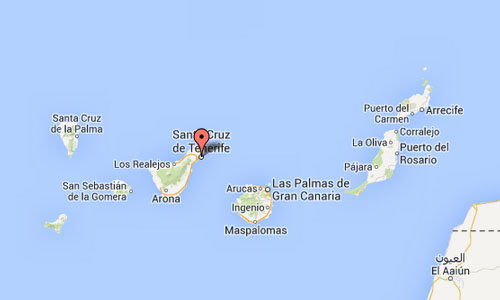
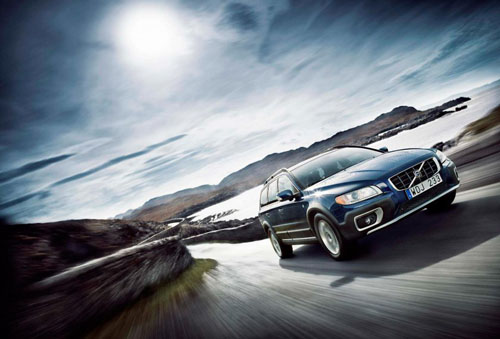
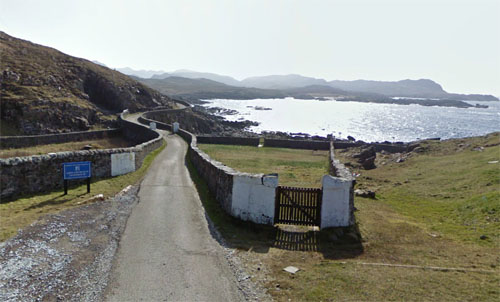
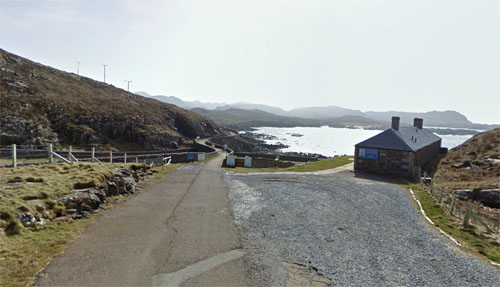
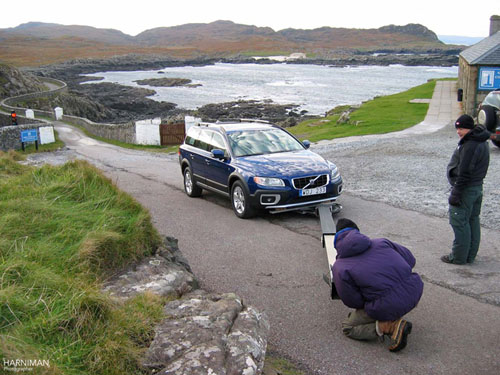
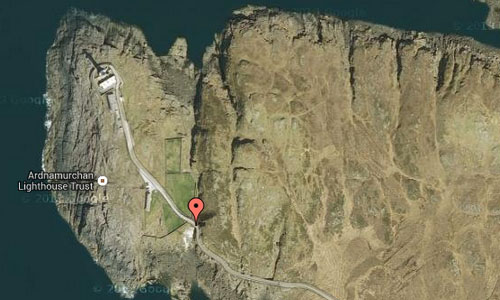
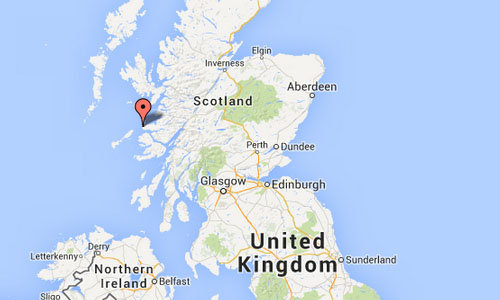
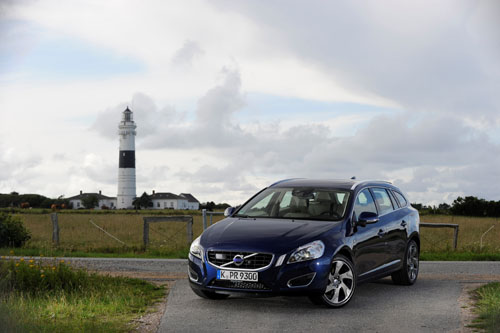
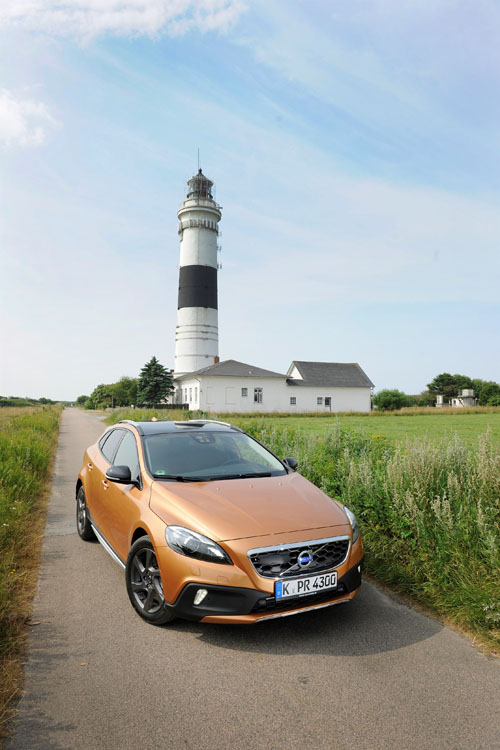
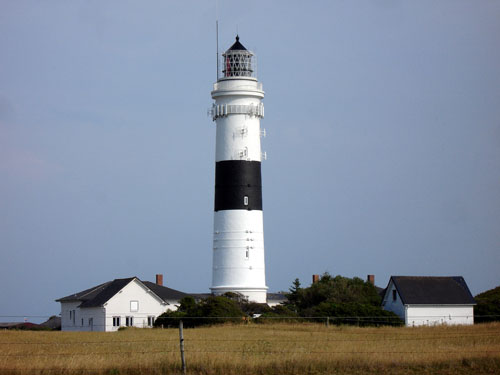
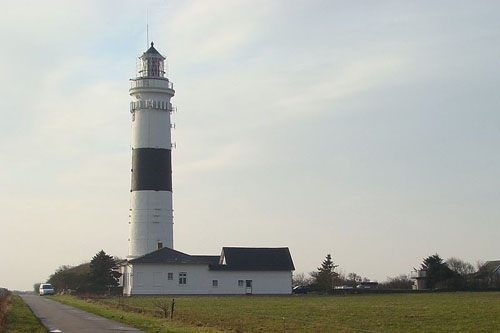
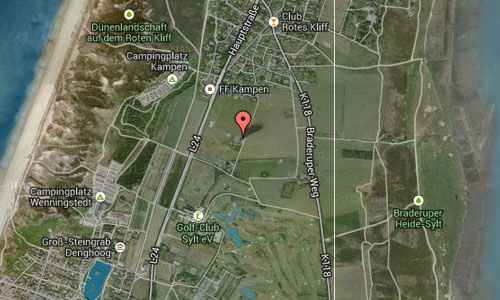


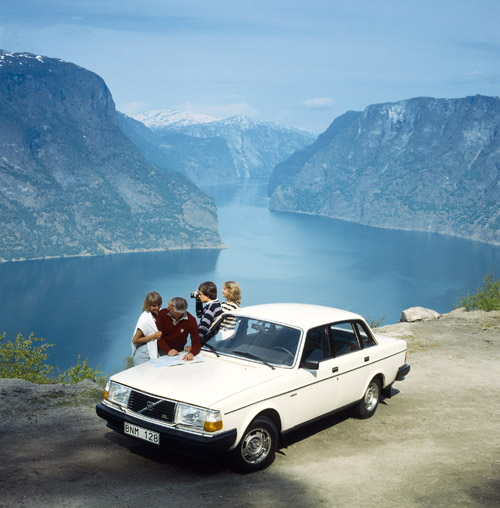
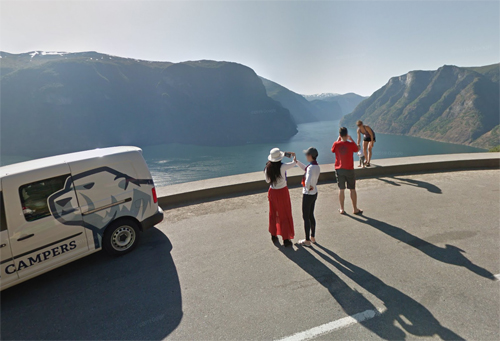
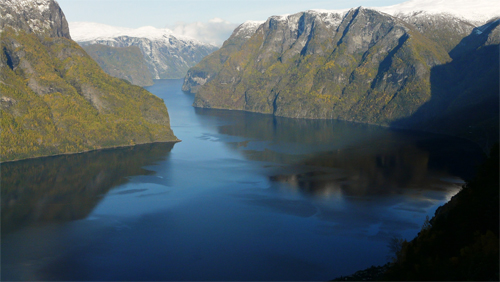
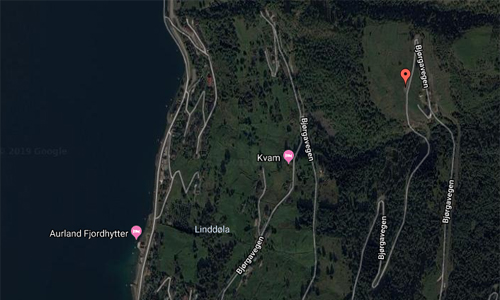

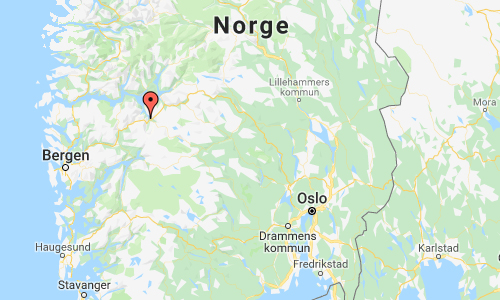
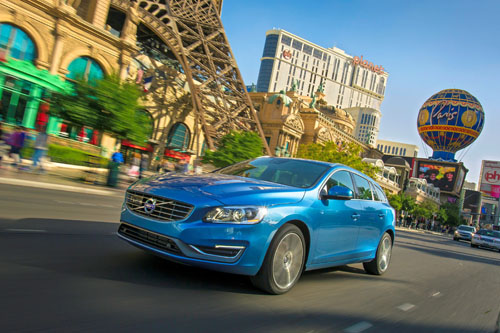
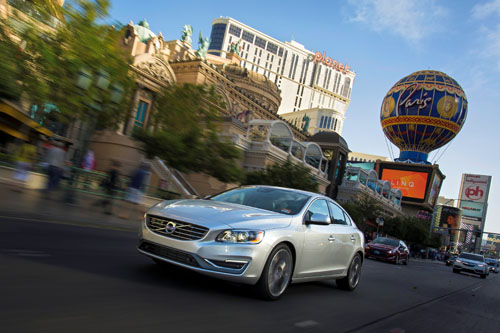
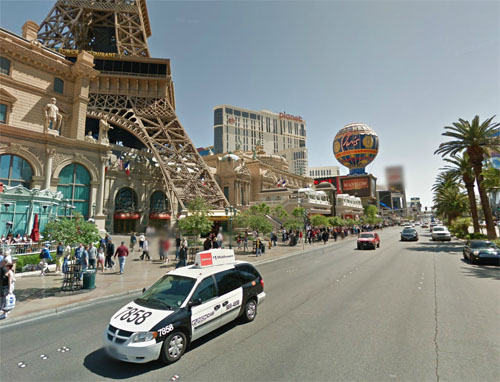
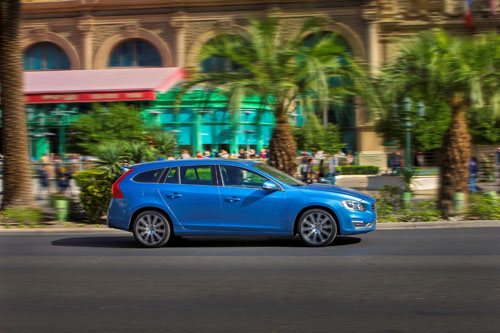
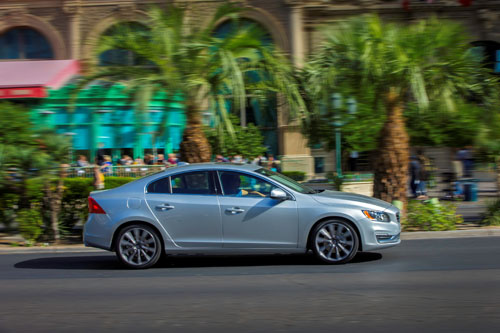
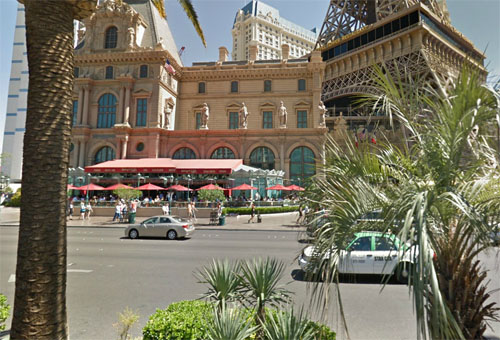
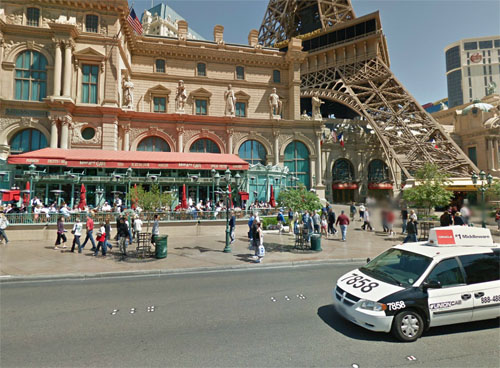
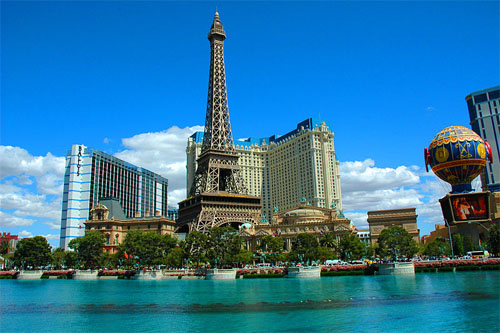
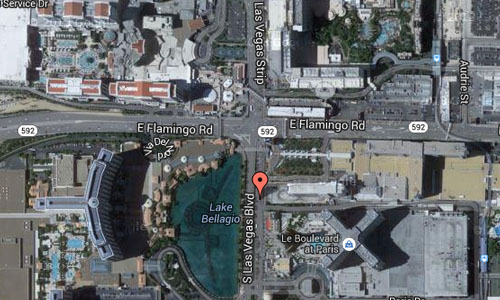
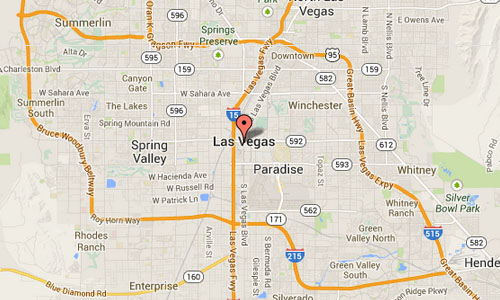

 Posts
Posts